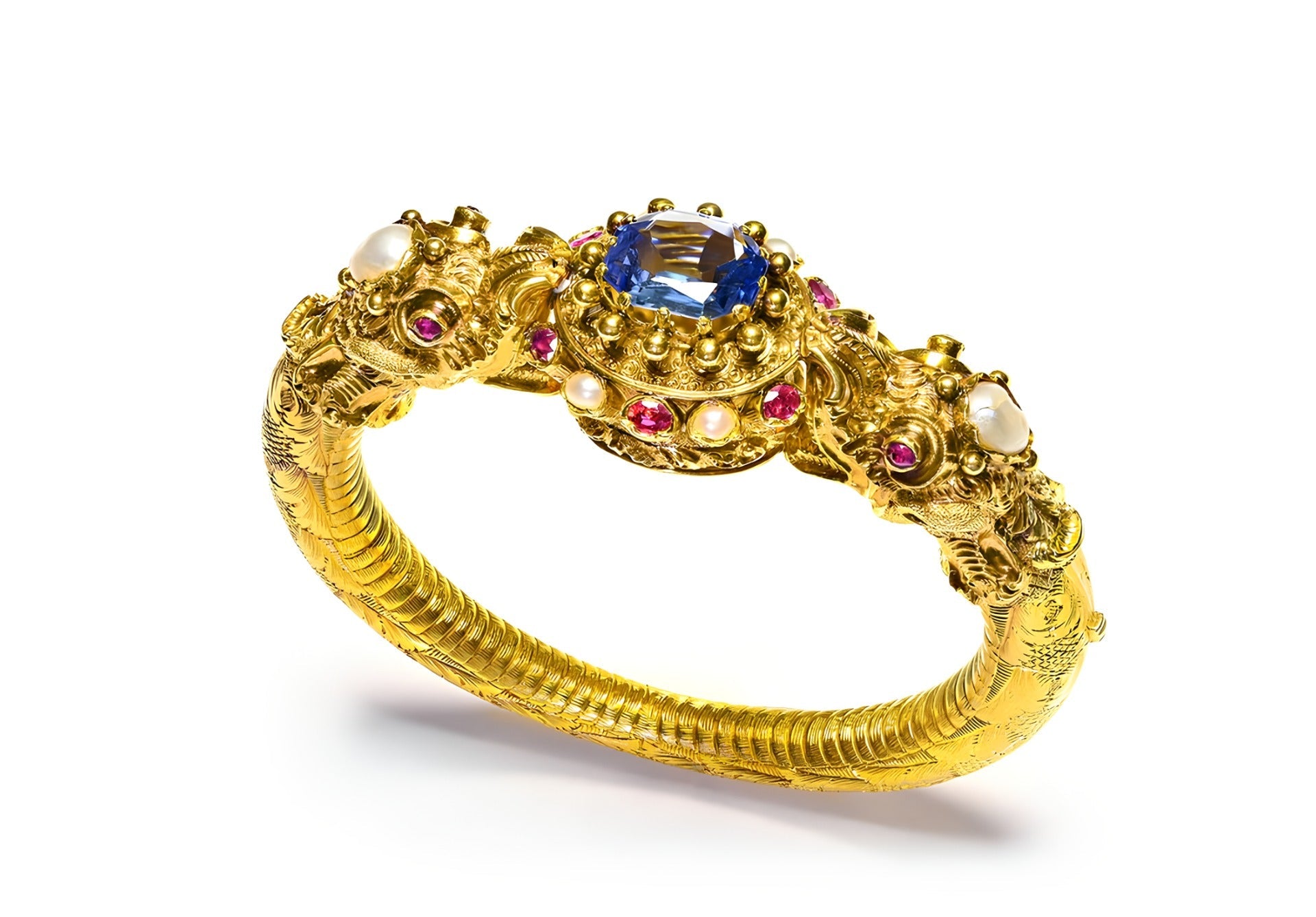Famous Coin Collection of Danish Butter Magnate Auctioned
A century after the death of Danish butter magnate Lars Emil Bruun, part of his rare coin collection has been auctioned, fetching millions of dollars.
A hundred years later, this remarkable collection is finally being auctioned off, bringing in millions.
Kept from the market for 100 years, the collection was secured per Bruun’s instructions after the devastation of World War I. He feared that Denmark’s national heritage could be at risk, so he mandated that his collection remain untouched for a century, ensuring its preservation for future generations.
Kept from the market for 100 years, the collection was secured per Bruun’s instructions after the devastation of World War I. He feared that Denmark’s national heritage could be at risk, so he mandated that his collection remain untouched for a century, ensuring its preservation for future generations.
Auction Highlights
The first set of coins from Bruun’s collection was auctioned off in Copenhagen, and the results were staggering. A total of 286 coins were sold, amassing $16.4 million. One of the standout pieces, a 15th-century gold coin known as the Hans Noble, fetched $1.33 million, far exceeding its estimated value of $320,000 to $640,000.
The first set of coins from Bruun’s collection was auctioned off in Copenhagen, and the results were staggering. A total of 286 coins were sold, amassing $16.4 million. One of the standout pieces, a 15th-century gold coin known as the Hans Noble, fetched $1.33 million, far exceeding its estimated value of $320,000 to $640,000.
According to Stack's Bowers, the auction house handling the sale, only two such coins are known to exist in museums, and this was the first time one was privately held.
Another notable sale was a 17th-century 10 ducat coin, or Portugaloser, which sold for over $530,000. This coin is one of only four known to survive, and its unique nature added to its exceptional value.
Another notable sale was a 17th-century 10 ducat coin, or Portugaloser, which sold for over $530,000. This coin is one of only four known to survive, and its unique nature added to its exceptional value.
Lars Emil Bruun’s Legacy
The ongoing auctions of Bruun's collection, expected to take several more years to complete, will eventually become the most expensive international coin collection ever sold, according to Stack’s Bowers. Once the sales are finalized, the proceeds will be distributed to Bruun’s direct descendants, as outlined in his will.
The ongoing auctions of Bruun's collection, expected to take several more years to complete, will eventually become the most expensive international coin collection ever sold, according to Stack’s Bowers. Once the sales are finalized, the proceeds will be distributed to Bruun’s direct descendants, as outlined in his will.
A Passion Born from Inheritance
Bruun’s love for coin collecting began in his childhood when he inherited coins from his late uncle in 1859. Over the years, his passion grew, and by the late 19th century, he had built one of the most renowned coin collections in Europe, focusing on Danish, Norwegian, Swedish, and English coins. His collection remained largely intact throughout his life and beyond, preserved according to his wishes.
Bruun’s fortune came from his successful butter business, which he started with a loan after discovering that his family inheritance had been squandered. His butter exports made him a wealthy man, and with his fortune, he became a dedicated coin collector, eventually co-founding the Danish Numismatic Society in 1885.
Bruun’s love for coin collecting began in his childhood when he inherited coins from his late uncle in 1859. Over the years, his passion grew, and by the late 19th century, he had built one of the most renowned coin collections in Europe, focusing on Danish, Norwegian, Swedish, and English coins. His collection remained largely intact throughout his life and beyond, preserved according to his wishes.
Bruun’s fortune came from his successful butter business, which he started with a loan after discovering that his family inheritance had been squandered. His butter exports made him a wealthy man, and with his fortune, he became a dedicated coin collector, eventually co-founding the Danish Numismatic Society in 1885.
The Collector’s Philosophy
Reflecting on his dual passions, Bruun once remarked to a Danish magazine, "The great thing about coin collecting is that when you're upset about something or feeling anxious, you look at your coins and calm yourself by studying them, pondering the many unsolved problems they present."
Reflecting on his dual passions, Bruun once remarked to a Danish magazine, "The great thing about coin collecting is that when you're upset about something or feeling anxious, you look at your coins and calm yourself by studying them, pondering the many unsolved problems they present."
He believed that focusing solely on business was a mistake, adding, "I, for one, couldn’t imagine thinking only about butter for the rest of my life."

















